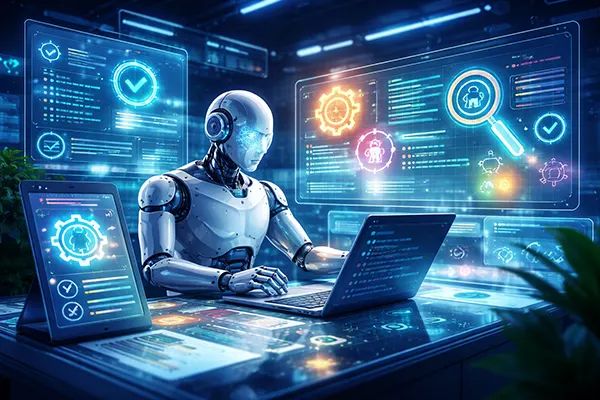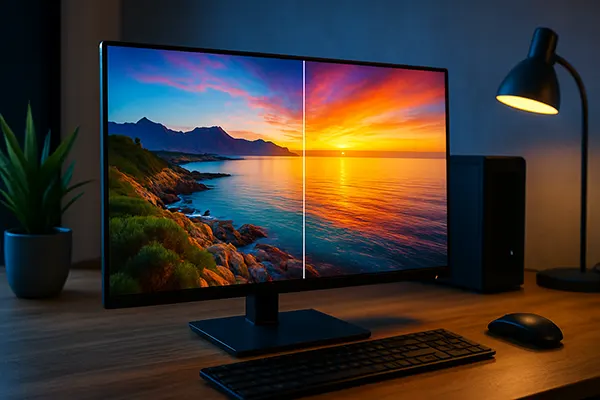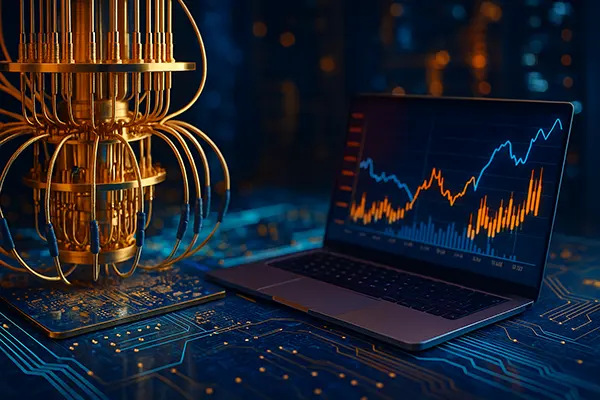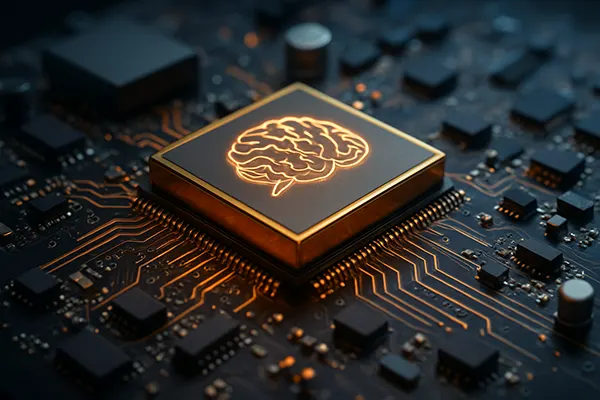
Neural Processors of the New Generation: How They Are Transforming AI Today
The rapid development of artificial intelligence has pushed hardware manufacturers to design processors capable of handling the enormous computational demands of modern AI models. Traditional CPUs and GPUs, while powerful, are not fully optimised for the parallel, data-intensive tasks required by neural networks. This has led to the emergence of neural processing units (NPUs) — specialised chips tailored for AI workloads. By 2025, NPUs have already revolutionised how AI systems are trained, deployed, and scaled, driving breakthroughs across industries from healthcare to autonomous vehicles.
Architecture and Capabilities of Modern Neural Processors
Neural processors differ from conventional CPUs and GPUs by their highly parallel architecture, which allows them to execute thousands of lightweight operations simultaneously. They are built with a focus on matrix multiplications, which are central to deep learning models. This design makes them vastly more efficient for training large neural networks compared to general-purpose chips.
Modern NPUs integrate specialised memory hierarchies to minimise data movement, which is often the main bottleneck in AI workloads. By placing memory close to compute units, they drastically reduce latency and energy consumption, enabling faster and more sustainable AI training and inference.
Another key feature is their scalability. NPUs are often designed to work in clusters, allowing companies to combine hundreds or thousands of them to build massive AI supercomputers. This capability has enabled the training of foundation models with hundreds of billions of parameters, something previously unachievable with conventional hardware.
Energy Efficiency and Performance Gains
One of the most significant benefits of NPUs is their energy efficiency. They deliver far more operations per watt than traditional processors, which is critical as the cost and environmental impact of AI computing rise. Companies deploying AI at scale increasingly choose NPUs to reduce their carbon footprint while maintaining competitive performance.
Performance gains are equally impressive. Tasks that previously required days of training on large GPU clusters can now be completed in hours on NPU-based systems. This acceleration not only saves costs but also allows researchers and engineers to iterate more rapidly, fuelling innovation in AI model development.
Energy-efficient NPUs are also making edge AI more viable. Devices such as smartphones and autonomous drones now embed NPUs to run advanced models locally without draining battery life, unlocking real-time AI applications that were previously impossible.
Applications Across Industries
The impact of NPUs is visible across multiple sectors. In healthcare, they power advanced diagnostic systems capable of analysing medical images and genomic data at unprecedented speeds, enabling earlier detection of diseases. This has transformed workflows in radiology, pathology, and personalised medicine.
In automotive technology, NPUs are a core component of the computing stacks that support self-driving systems. They process data from lidar, radar, and camera sensors in real time, enabling vehicles to perceive their surroundings and make split-second decisions safely.
Financial institutions are adopting NPUs to run complex fraud detection models and algorithmic trading systems. The ability to process massive datasets in real time gives them a competitive edge and helps reduce risks in high-speed financial markets.
Boosting Research and Innovation
Beyond industry, NPUs have dramatically accelerated academic and corporate research. Training large language models, image generators, and multimodal AI systems is now feasible for more organisations thanks to the efficiency of these processors. This democratises access to cutting-edge AI development.
Faster model training cycles enable researchers to test new hypotheses quickly. Instead of waiting weeks for results, teams can now iterate models in days, driving a faster pace of innovation and discovery.
Moreover, NPUs are supporting the rise of open-source AI projects. With lower computational costs, smaller labs and startups can contribute to developing transparent, community-driven models, fostering a more collaborative AI ecosystem.
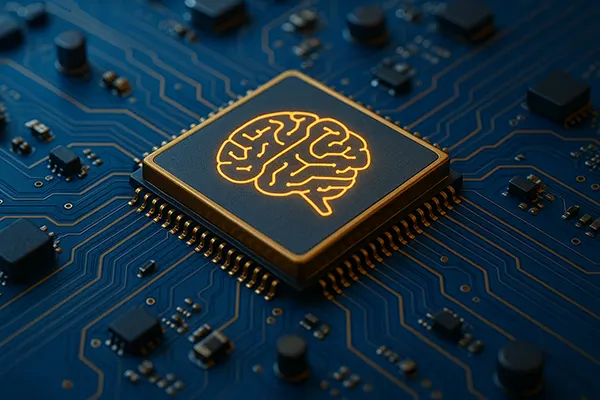
Future Directions and Challenges
Despite their advantages, NPUs face challenges that will shape their evolution. One pressing issue is software compatibility. Many AI frameworks were originally built for GPUs, so optimising them for NPUs requires significant engineering effort and widespread adoption of new developer tools.
Another challenge is supply chain scalability. As demand for NPUs surges, manufacturers must ramp up production without compromising quality or driving up costs, a delicate balance in the competitive semiconductor industry.
Ethical and regulatory concerns also loom. As NPUs enable ever more powerful AI systems, governments and organisations are calling for stricter safety standards and transparency measures to ensure responsible development and deployment.
The Road Ahead for AI Hardware
Looking forward, the integration of NPUs with other specialised accelerators like tensor processing units and neuromorphic chips could lead to hybrid architectures that push AI performance even further. Such systems would combine the strengths of different processor types to tackle diverse AI workloads more efficiently.
There is also a trend towards bringing NPUs closer to users. Consumer devices, from wearables to home assistants, are expected to feature increasingly powerful NPUs, enabling them to run complex AI tasks offline and privately.
Ultimately, neural processors of the new generation are not just improving AI performance — they are reshaping the entire landscape of computing. Their rise marks a shift towards hardware tailored specifically for intelligent systems, laying the foundation for the next era of technological progress.

